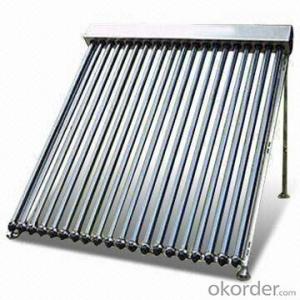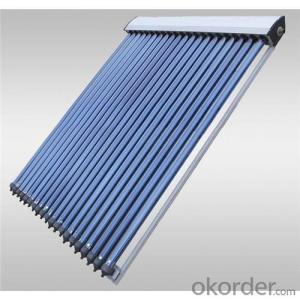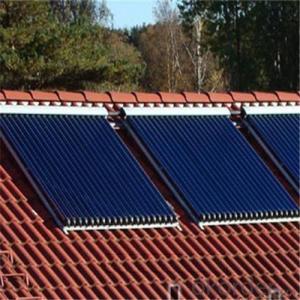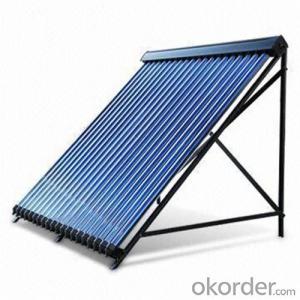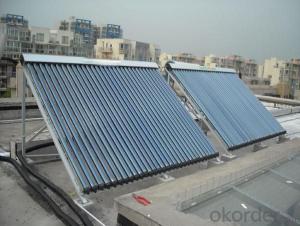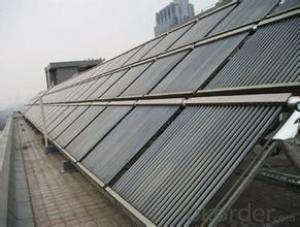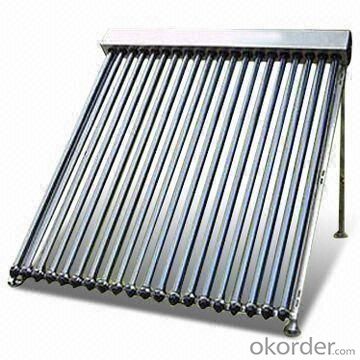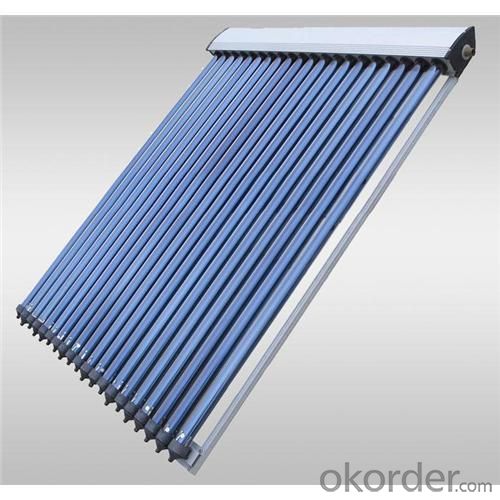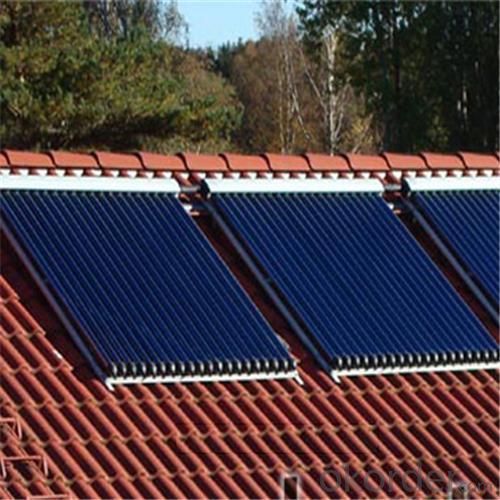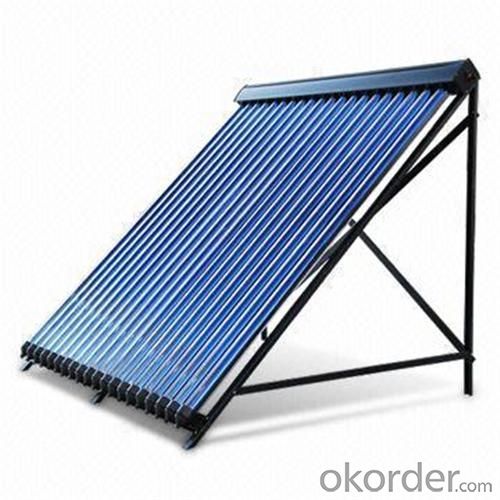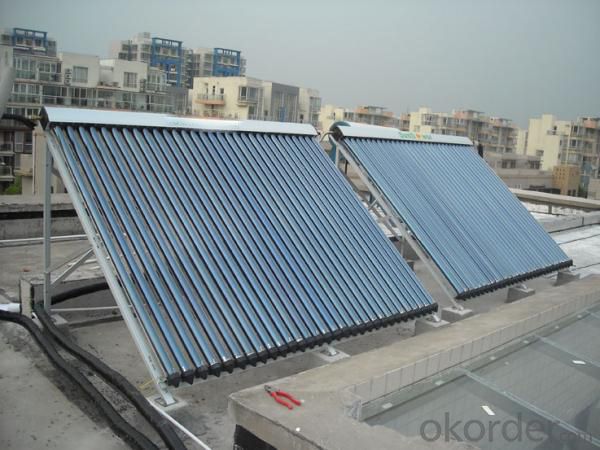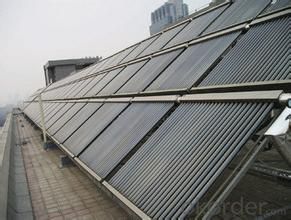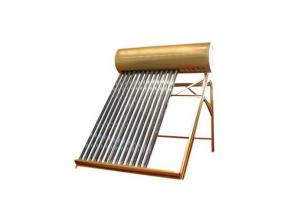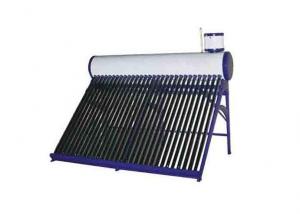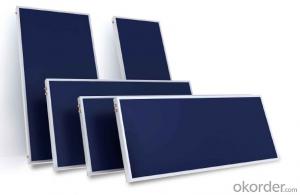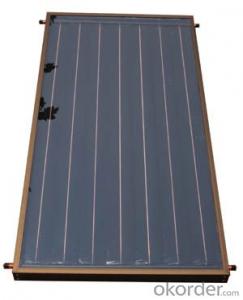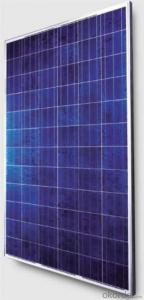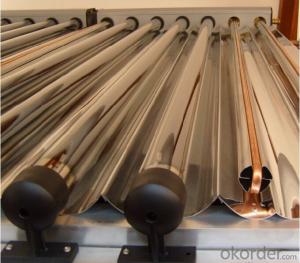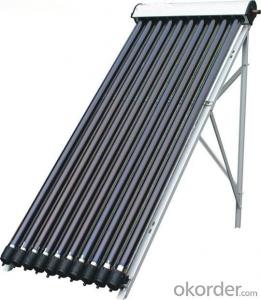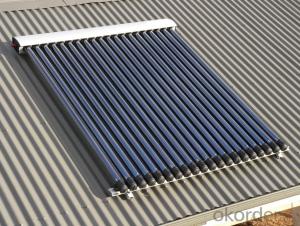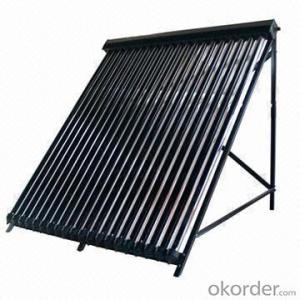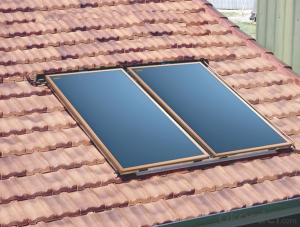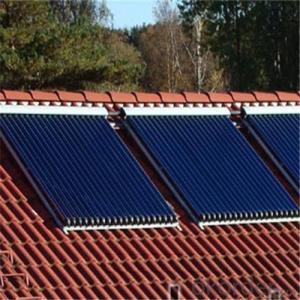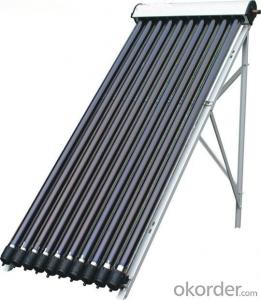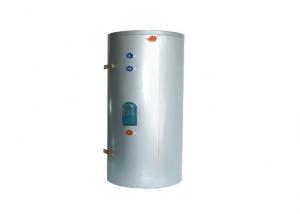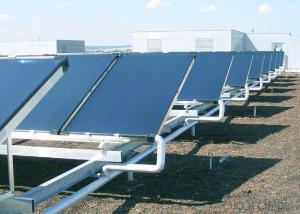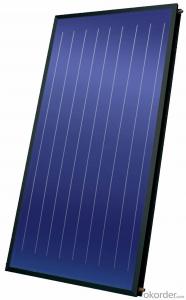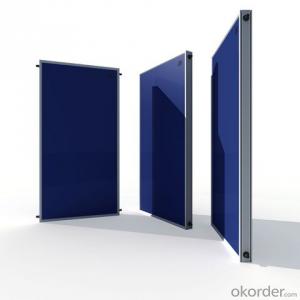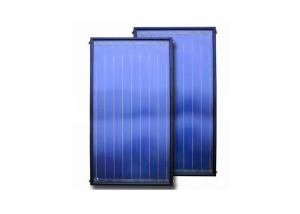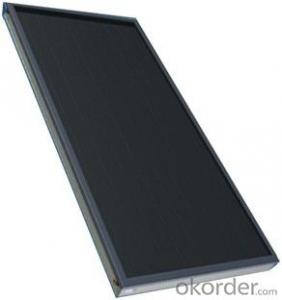Thermax Solar Collectors - Vacuum Tube Solar Collectors for Rooftop
- Loading Port:
- China main port
- Payment Terms:
- TT OR LC
- Min Order Qty:
- 5 set
- Supply Capability:
- 10000 set/month
OKorder Service Pledge
OKorder Financial Service
You Might Also Like
Specifications
manifold (inner) | red copper |
manifold (exterior) | aluminum alloy |
glass tube dimensions | 58mm * 1800mm |
daily efficiency | ≥55% |
heat preservation | 72 hours |
hail resistance | 25mm |
max pressure | 7 bar |
coating of vacuum tube | ALN/AIN-SS/CU |
heat pipe | anti-freezing > -35 degree |
certificate | Solar Keymark, EN12975,SRCC |
Serious Product
Models | L*W*H mm | Vacuum tube | Power output | Efficiency | Header mm | Frame | container loading 20FT/40HQ sets | Gross Weight kg |
SHC-8 | 1917*910*133 | 58*1800*8pcs | 939W | 0.668 | Φ35/1.0 | AL alloy | 185/445 | 27 |
SHC-10 | 1917*1130*133 | 58*1800*10pcs | 1189W | 159/385 | 33 | |||
SHC-12 | 1917*1350*133 | 58*1800*12pcs | 1440W | 149/358 | 40 | |||
SHC-15 | 1917*1680*133 | 58*1800*15pcs | 1815W | 120/290 | 49 | |||
SHC-18 | 1917*2010*133 | 58*1800*18pcs | 2191W | 100/242 | 59 | |||
SHC-20 | 1917*2230*133 | 58*1800*20pcs | 2442W | 87/210 | 66 | |||
SHC-22 | 1917*2450*133 | 58*1800*22pcs | 2692W | 83/202 | 72 | |||
SHC-24 | 1917*2670*133 | 58*1800*24pcs | 2943W | 77/188 | 79 |
Packaging & Delivery
Packaging Details: | Exporting Carton with big foaming protection |
Delivery Detail: | In 10-15 days |
Loading Quantity
Model | Tube | Tube Q.T.Y | Loading Q.T.Y/40HQ |
GSC15 | 58*1800mm | 15pcs | 315sets |
GSC18 | 58*1800mm | 18pcs | 265sets |
GSC20 | 58*1800mm | 20pcs | 248sets |
GSC22 | 58*1800mm | 22pcs | 225sets |
GSC25 | 58*1800mm | 25pcs | 200sets |
GSC30 | 58*1800mm | 30pcs | 168sets |
Principle of solar collector:
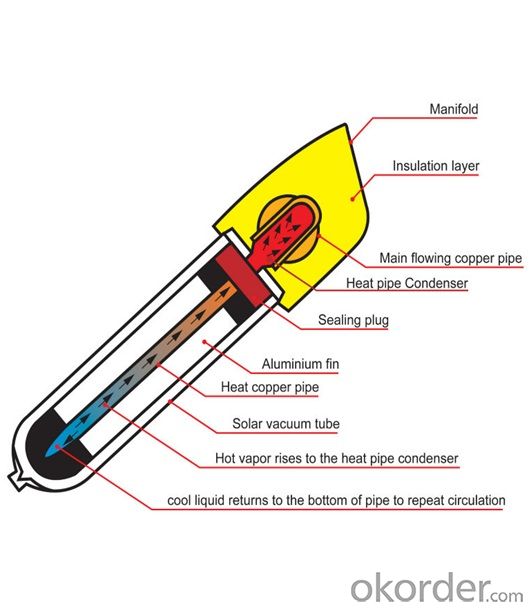
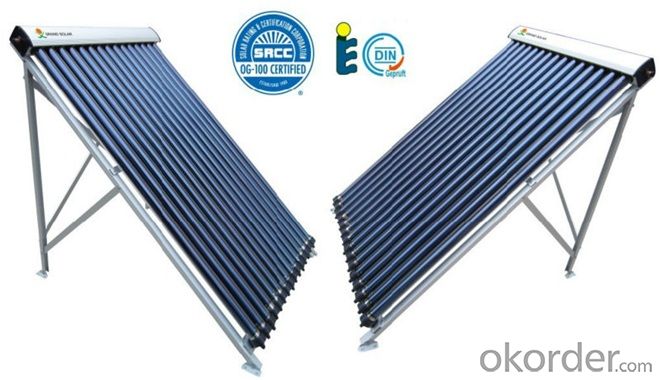
Solar collector details
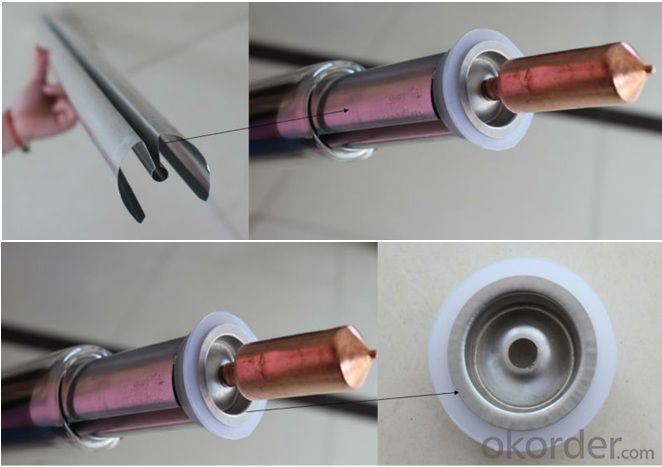
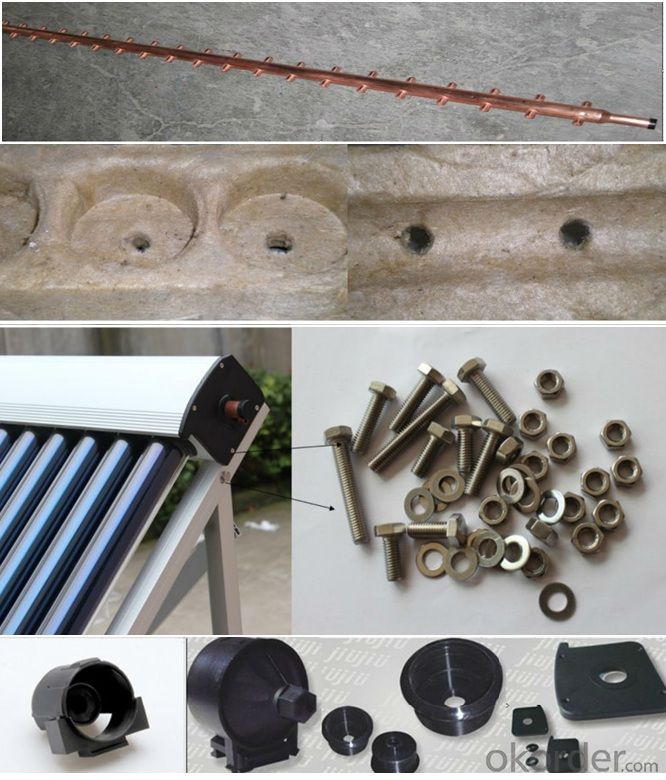
- Q: Can solar collectors be used for heating parking lots?
- Yes, solar collectors can be used for heating parking lots. Solar thermal systems can be installed to harness solar energy and convert it into heat, which can then be used to warm up parking lots during colder weather. This sustainable heating solution reduces reliance on fossil fuels and lowers carbon emissions.
- Q: Can solar collectors be used in solar farms?
- Yes, solar collectors can be used in solar farms. Solar farms typically consist of a large number of solar panels or collectors that convert sunlight into electricity. These collectors are strategically positioned to capture maximum sunlight and generate renewable energy on a larger scale.
- Q: Can solar collectors be used in areas with limited financial resources?
- Yes, solar collectors can be used in areas with limited financial resources. Solar energy is a renewable and abundant resource that can be harnessed and used to generate electricity or heat without relying on expensive fuel sources. Additionally, there are various financing options available, such as government subsidies, grants, and microfinance initiatives, which can help make solar collectors more affordable and accessible to communities with limited financial resources.
- Q: Can solar collectors be used for heating office buildings?
- Yes, solar collectors can be used for heating office buildings. Solar thermal systems can capture the sun's energy and convert it into heat, which can then be used for space heating in office buildings. This can help reduce the reliance on traditional heating systems, lower energy costs, and contribute to a more sustainable and environmentally friendly approach to heating.
- Q: Can solar collectors be used for drying construction equipment?
- Yes, solar collectors can be used for drying construction equipment. Solar collectors, also known as solar thermal collectors, are devices that absorb sunlight and convert it into heat. This heat can be used for various purposes, including drying equipment. By using solar collectors to generate heat, construction equipment can be effectively dried without the need for traditional fuel-based methods. The drying process involves directing the heat generated by solar collectors towards the equipment that needs to be dried. This can be done by placing the equipment in direct contact with the solar collectors or by using a system of pipes to transfer the heat to the equipment. The heat from the solar collectors can effectively evaporate any moisture present on the equipment, thus drying it thoroughly. Using solar collectors for drying construction equipment has several advantages. Firstly, it is an environmentally friendly option as it relies on renewable energy from the sun. This reduces reliance on fossil fuels and contributes to reducing carbon emissions. Additionally, solar collectors require minimal maintenance and have a long lifespan, making them a cost-effective option in the long run. However, it is important to note that the effectiveness of solar collectors for drying construction equipment can be influenced by factors such as weather conditions, the size and design of the equipment, and the amount of moisture present. In some cases, supplemental heating methods may be necessary to ensure efficient drying. Overall, solar collectors can be a viable and sustainable solution for drying construction equipment, providing an energy-efficient alternative to traditional drying methods.
- Q: How do solar collectors perform in high-altitude locations?
- Solar collectors can perform exceptionally well in high-altitude locations due to several factors. Firstly, the higher altitude often means reduced air density and lower atmospheric pressure, which results in less air mass to absorb and scatter sunlight. This leads to increased solar radiation intensity reaching the solar collectors, resulting in higher energy output. Additionally, high-altitude locations are often closer to the sun, which further enhances solar energy absorption. However, it is important to consider that extreme temperature variations and increased snowfall at high altitudes can affect the efficiency and maintenance of solar collectors, requiring appropriate design and maintenance measures to ensure optimal performance.
- Q: Can solar collectors be used for swimming pool heating?
- Yes, solar collectors can be used for swimming pool heating. Solar collectors, such as solar panels, can capture energy from the sun and convert it into heat, which can then be used to warm the water in a swimming pool. This is an eco-friendly and cost-effective way to heat a swimming pool, as it relies on renewable energy sources.
- Q: What are the advantages of using solar collectors?
- There are several advantages of using solar collectors. Firstly, solar collectors harness clean and renewable energy from the sun, reducing our reliance on fossil fuels and decreasing greenhouse gas emissions. Additionally, solar collectors provide a free source of energy, reducing electricity costs in the long run. They require minimal maintenance and have a long lifespan, making them a cost-effective investment. Moreover, solar collectors can be installed in remote areas, providing electricity to communities without access to power grids. Finally, solar collectors contribute to energy independence, as they allow individuals and businesses to generate their own electricity and reduce dependence on external energy sources.
- Q: Can solar collectors be used in hurricane-prone areas?
- Yes, solar collectors can be used in hurricane-prone areas. However, it is important to design and install them with the specific environmental conditions in mind. Reinforced mounting systems, proper anchoring, and impact-resistant materials can help ensure the durability and safety of solar collectors in hurricane-prone areas. Additionally, regular maintenance and inspections are crucial to identify and address any potential damage or wear caused by high winds or debris.
- Q: Can solar collectors be used for generating electricity on rooftops in cities?
- Indeed, solar collectors can be utilized in urban areas to produce electricity on rooftops. Also known as solar panels or photovoltaic (PV) panels, solar collectors have the capability to convert sunlight into electrical energy. They can be conveniently mounted on the rooftops of city buildings to harness the copious solar energy available in these locations. Solar panels consist of numerous photovoltaic cells constructed from materials like silicon. When sunlight strikes these cells, it stimulates the electrons within them, resulting in the generation of an electric current. This electricity can then be employed to power a variety of appliances and devices within the building. There are several advantages to installing solar panels on rooftops in cities. Firstly, rooftops provide a spacious area that is often unobstructed by shade or other buildings, ensuring ideal exposure to sunlight. Moreover, the installation of solar panels on rooftops optimizes the utilization of limited space in densely populated urban areas. The generation of electricity through solar collectors on rooftops is an environmentally friendly and renewable energy solution. It diminishes dependence on fossil fuels and reduces greenhouse gas emissions, thus contributing to the battle against climate change. Additionally, rooftop solar installations can enhance the energy independence and resilience of cities, as they generate electricity directly where it is needed. Furthermore, solar collectors on rooftops can yield economic benefits as well. By generating electricity on-site, building owners can reduce their reliance on the power grid and lower their energy expenses. In certain cases, surplus electricity generated can be fed back into the grid, enabling building owners to earn credits or revenue through mechanisms such as net metering or feed-in tariffs. Nevertheless, there are certain factors to consider when installing solar collectors on rooftops in cities. Building codes, structural requirements, and shading issues must be taken into account to ensure the secure and efficient installation of solar panels. Additionally, the initial cost of purchasing and installing solar panels may pose a barrier for some building owners, although the long-term financial advantages usually outweigh the upfront investment. In conclusion, solar collectors can definitely be employed to generate electricity on rooftops in cities. They offer a clean, renewable, and economically viable solution to fulfill the energy needs of urban areas while minimizing environmental impact. With proper planning and installation, rooftop solar installations can serve as valuable assets in the transition towards a more sustainable and energy-efficient future.
Send your message to us
Thermax Solar Collectors - Vacuum Tube Solar Collectors for Rooftop
- Loading Port:
- China main port
- Payment Terms:
- TT OR LC
- Min Order Qty:
- 5 set
- Supply Capability:
- 10000 set/month
OKorder Service Pledge
OKorder Financial Service
Similar products
Hot products
Hot Searches
Related keywords
